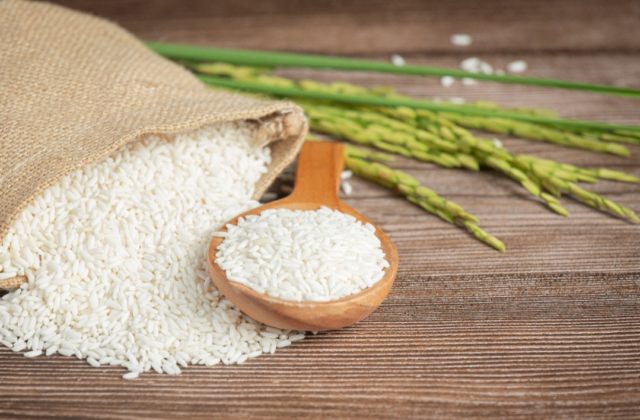The Philippines, much like the rest of Southeast Asia, places high value on rice as a food crop. Rice consumption accounts for half of the calorie intake of the population in the region, and Southeast Asia produces around 30% of the global rice harvest. In 2018, the region produced 220 million tons of rice, with Thailand and Vietnam taking their spots among the top 3 rice producers in the world.
Like other sectors of agriculture, though, rice production is facing many challenges. Climate change is a serious issue, and many Southeast Asian countries have gone through floods, tropical storms, and periods of drought in recent years. The Philippines, for one, is frequented by devastating typhoons that leave significant agricultural losses in their wake, and this affects the supply of rice and other crops in the country.
Regardless, government bodies and agricultural workers in the Philippines continue to combine their efforts and ensure that Filipino families have easy access to rice. In 1985, the Philippine Rice Research Institute (PhilRice) was founded with the purpose of ensuring that the Philippines is rice-secure, and to this day, the agency continues to coordinate with national and regional research centers, private entities, and international organizations to reach its goal of attaining self-sufficiency in rice. Over the years, the agency and its partners have collected plenty of information on rice production in the country. Below are some interesting facts and figures that are a product of this years’ worth of research:
The Top 4 Varieties of Rice in Terms of Popularity Are Rc 216, Rc 160, Rc 300, and Rc 222
Rc 216 or Tubigan 17 is a popular variety of rice in the Philippines that is used both in the wet and dry seasons. It matures 112 days after sowing and has a maximum yield of 9.7 metric tons per hectare. Rc 160 has a maximum yield of 8.2 metric tons per hectare and matures after 107 days. Rc 300 or Tubigan 24 can yield up to 10.4 metric tons per hectare, while Rc 222 or Tubigan 18 can produce 10 metric tons per hectare. These varieties exhibit different levels of resistance to pests such as green and brown planthoppers, bacterial leaf blight, and stem borers, to name a few.
The Unmilled Rice Production in the Country Yielded 19.44 Million Metric Tons in 2020
Despite the many difficulties caused by the pandemic and a slew of natural disasters that include strong typhoons, earthquakes, and the eruption of the Taal Volcano, the Philippines yielded a total of 19.44 million metric tons of rice in 2020. This is 3.3% higher than the yield in the previous year. This record achievement is taken as proof that the policies enacted by government agencies are making a positive impact on rice production.
Almost a Quarter of the Increase in Rice Production in the Country Is from Irrigated areas
Around 73% of the increase in rice production came from irrigated areas, while the remaining 27% are grown in lowland areas that are fed by rainwater. The increase in rice yield from these areas offsets the decrease in yield from upland rainfed areas, which is declining by 8,000 tons per year since 2000.
The Production of Rice Is Highest Between July and December
Rice is produced throughout the country, though there are seasons for planting and harvesting the crop. These are the dry season, which lasts between January to June, and the wet season, which lasts between July to December. Generally, the growth in production is higher in the wet season than in the dry one. Around 56% of the overall supply is harvested between July and December, while the remaining 44% is harvested between January and June.
More than 300,000 Metric Tons of Unmilled Rice Were Lost Due to Strong Typhoons
The series of strong typhoons that hit the Philippines in 2020 caused significant damage to the country’s agricultural sector, among others. Included in the list of losses due to typhoons are 322,421 metric tons of unmilled rice. This is the equivalent of 8 days of rice consumption in the country.
The Agricultural Sector Is Expected to Positively Contribute to the Country’s Economy
The agricultural sector was among the top 3 industries that posted a positive impact on the country’s GDP. In particular, its contribution increased by 1.2%. This helped reduce the decline in the country’s GDP, which went up from -16.9% in the second quarter of 2020 to -11.5% in the third quarter.
Much still needs to be done to ensure that the Philippines will have enough supply of rice for the foreseeable future. However, policymakers, government agencies, and agricultural workers are already starting to harvest the benefits of the policies and best practices that they have implemented in the previous years. With the easing of the effects and measures against the spread of the pandemic, rice production in the country is expected to continue to break more records and yield positive results in the near future.




